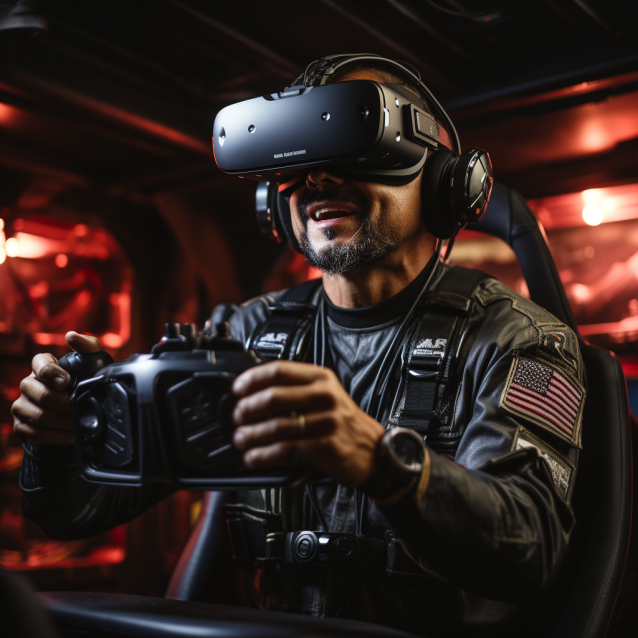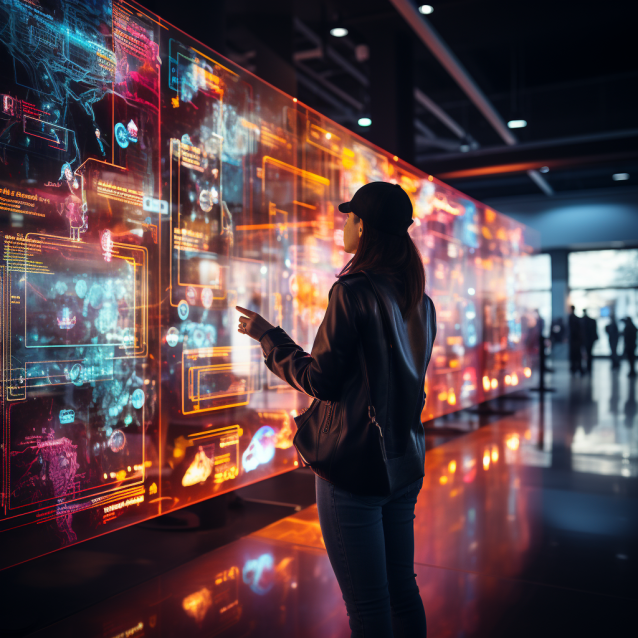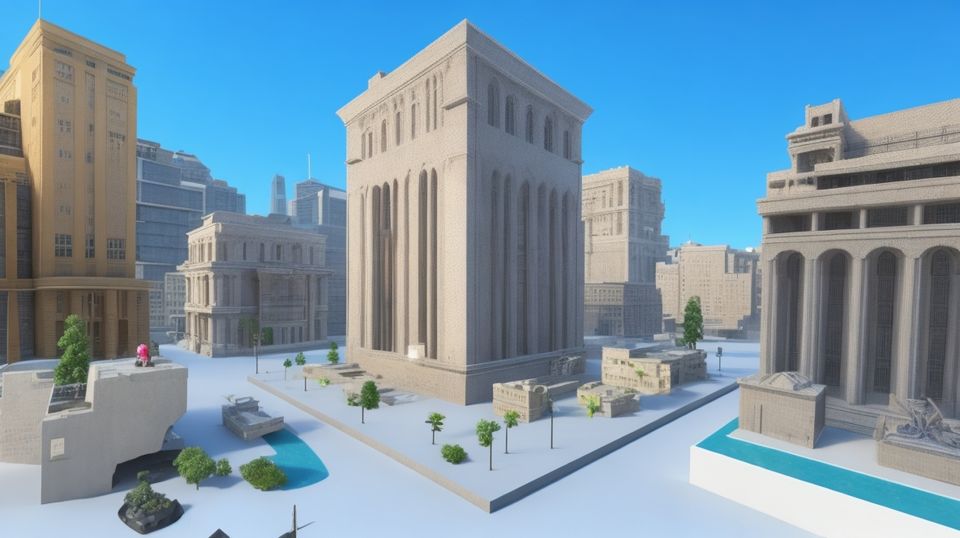Everything you need to know about Immersive Marketing
In the world of technology, where every innovation is pointing toward the digital world, here we are, presenting the concept of Immersive Digital Marketing.

In the world of technology, where every innovation is pointing toward the digital world, here we are, presenting the concept of Immersive Digital Marketing.
The terminology "Digital Marketing" is Marketing done through digital mediums. However, a substantial part of Marketing is innovation and creativity.
Just like social media marketing, search engine optimization and paid advertising, Immersive Digital Marketing is the strongest wing being added to the umbrella term 'Digital Marketing'.
The concept of Marketing is the pathway to consumer interaction, engagement, driving traffic and generating leads.
Therefore, creating a brand identity and ensuring the involvement of consumers is critical to the success of an organisation.
Immersive digital marketing covers the gap that lies between a consumer and an organisation by facilitating interaction and immersion.
Let's begin with the basics -
What is Immersive Marketing?
Immersive marketing is a process targeted to build awareness and encourage interaction with potential consumers. An immersive experience brings the user into the brand's world which further helps in nurturing and building relationships.
Immersive marketing includes, but is not limited to -
- Virtual Reality
- Augmented Reality
- Mixed reality
- Interactive exhibitions
- 360°
1. Virtual Reality -
This is the most popular medium of Immersive Technology. It is most commonly experienced by using a headset and hand controllers. Users can wear them and enter into the virtual world created by brands to view and feel the products and services of a brand.
It is so advanced that users can get a real-life experience of travelling anywhere by moving around in their own house.

Example: Nike uses Virtual Reality in their Physical stores. They can enter the virtual world to experience the supply chain management of Nike and develop knowledge about how the products are being made.
This helps in nurturing clients and building trustworthy consumer relationships.
How is it useful in 'Immersive Marketing'?
Brands can use Virtual Reality to demonstrate their products and services in a unique way which will leave a good impact on the consumer's mind.
2. Augmented Reality - The difference between Virtual Reality and Augmented Reality is that virtual reality gives an experience of a digital world, whereas Augmented reality creates a digital layer in the real world.

Example: Asian paints have made an application facilitating augmented reality technology to enable users to view their walls in different colours and then make a decision.
So, this is an overlay of digital elements in the real world. This helps in serving the consumers with the best. Also, this is an indirect example of Immersive Digital Marketing as consumers engage with the application out of amazement which in turn leads to capturing users into the sales funnel.
3. Mixed Reality - A combination of both Augmented Reality and Virtual Reality gives birth to Mixed Reality. This technology doesn't require any application, but tools like a headset or any similar device are necessary.

Example: Microsoft HoloLens was used by Case Western Reserve University in Ohio to teach anatomy to medical students. Teachers can direct students using this Mixed reality tech which facilitates 3D projections. Students are highly benefited from this technology as it enables a deep understanding of every concept.
This technology improves sales and marketing as it helps the customers to visualise and have a glance at your products and services in real life. This gives them knowledge about your products/services in detail without even being physically present.
Example: Watching a dining table placed near your kitchen without even ordering it.
4. Interactive exhibitions - A grand and exclusive display of your products and services lined up in an immersive world is nothing but an Interactive Exhibition. The term 'Exhibition' does not imply the projection of antique items only. A great example can give a detailed understanding of the same.
Example: "Every Eye Is Upon Me: First Ladies of the United States"
This was a physical exhibition exhibiting pictures, portraits, silhouettes, paintings and drawings of American Presidents' wives. During Covid-19, the physical exhibition area was closed. The virtual exhibition consisting of high-end images of American Presidents' Wives along with their biographies, blogs and podcasts were featured.
A jewellery shop can line up their antique as well as modern jewellery in the same manner with tags and names for consumers to easily place an order.
5. 360° - Have you used the 360° feature on Google Maps, where you can view the location and its surroundings by tilting, zooming and moving it?
Similar to it, there's this 360° Content Technology which enables the user to view any object/place and its overall look by getting a 360° view.
Example of how this technology can be used in 'Immersive Marketing -

An interior designer can use this technology to give access to the client with a view of the living room, modular kitchen, bedrooms, modular wardrobes and more. This enables the client to make a quick decision as to what he/she wants in their dream home/office.
Point to Remember - Brands can measure the effectiveness of these campaigns conducted using Immersive digital marketing by considering the following KPIs-
- Time spent in the experience
- Total number of user interactions
- Obtaining feedback
- Conversions
How to get started with Immersive Digital Marketing?
Define your goals and objectives -
For every successful campaign, planning out the goals and objectives is essential. It is significant because it lays down the detailed process to achieve the defined goals.
Consider the technology -
Discuss with your colleagues/partners and conclude the question concerning the technology which is the most suitable for conducting immersive marketing for your brand.
Decide the platform -
Plan out a budget for the same. Depending upon it, decide the platform where this technology will be used. This will be based on your allocated budget, target audience and brand's visibility.
Never forget User Experience -
Goes without saying. The objective of immersive digital marketing is user experience. Choose any platform and use any technology, but conduct a trial run to ensure that the quality is not compromised.
Amazement and curiosity are the two types of Hooks which help a brand attract its potential customers. Immersive Digital Marketing does not only guarantee the above two but also the interactive feature where consumers and brands build a trust-worthy relationship with each other.
When we think of Marketing, the overall objective is to create a brand identity which one cannot oversee.
This is the power of Immersive Digital Marketing.
We hope that this blog gives you a clear-cut idea about Immersive Digital Marketing and the things associated with it.
You can also read our blog to learn more about the top 5 Immersive Digital Marketing ideas executed by different brands





